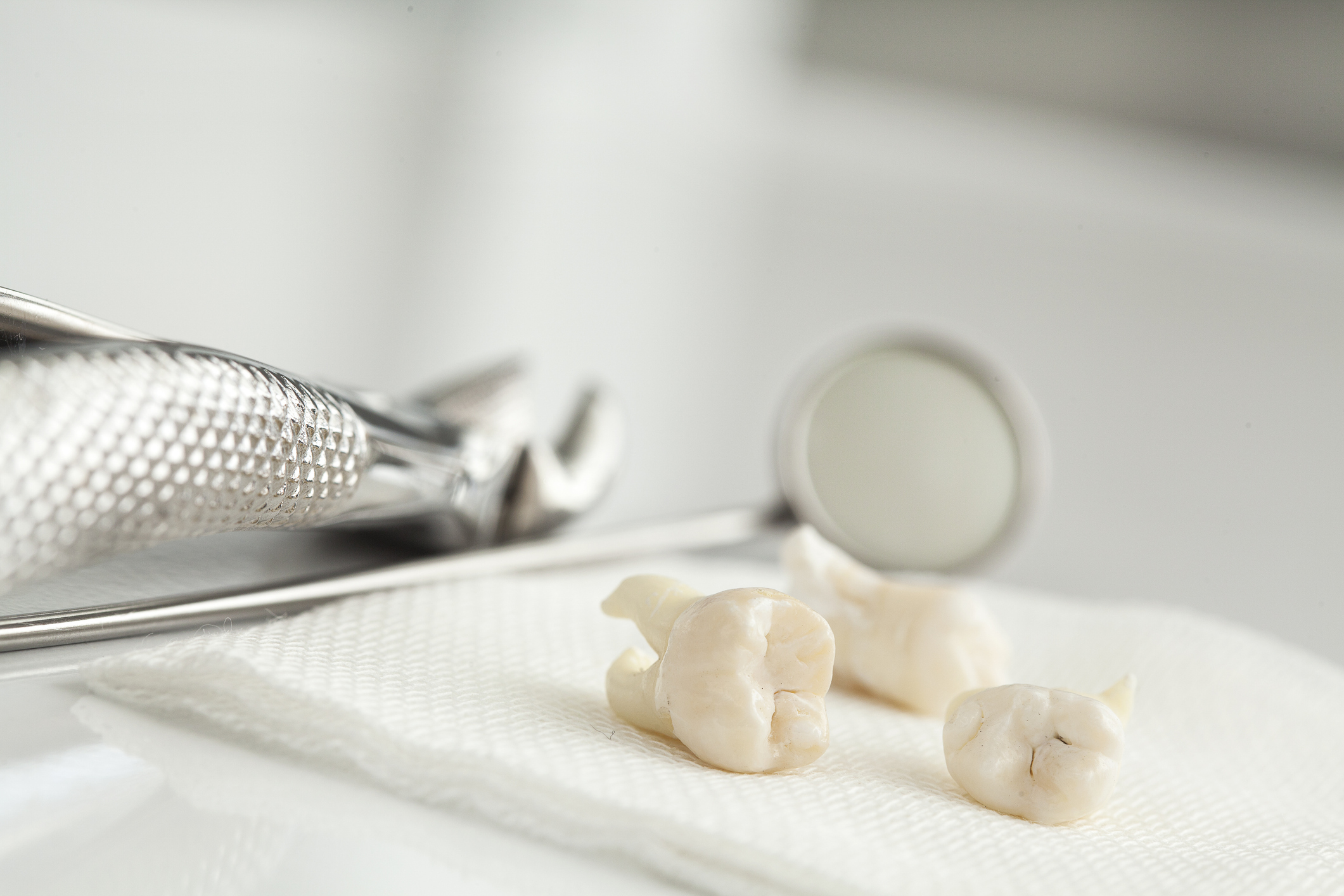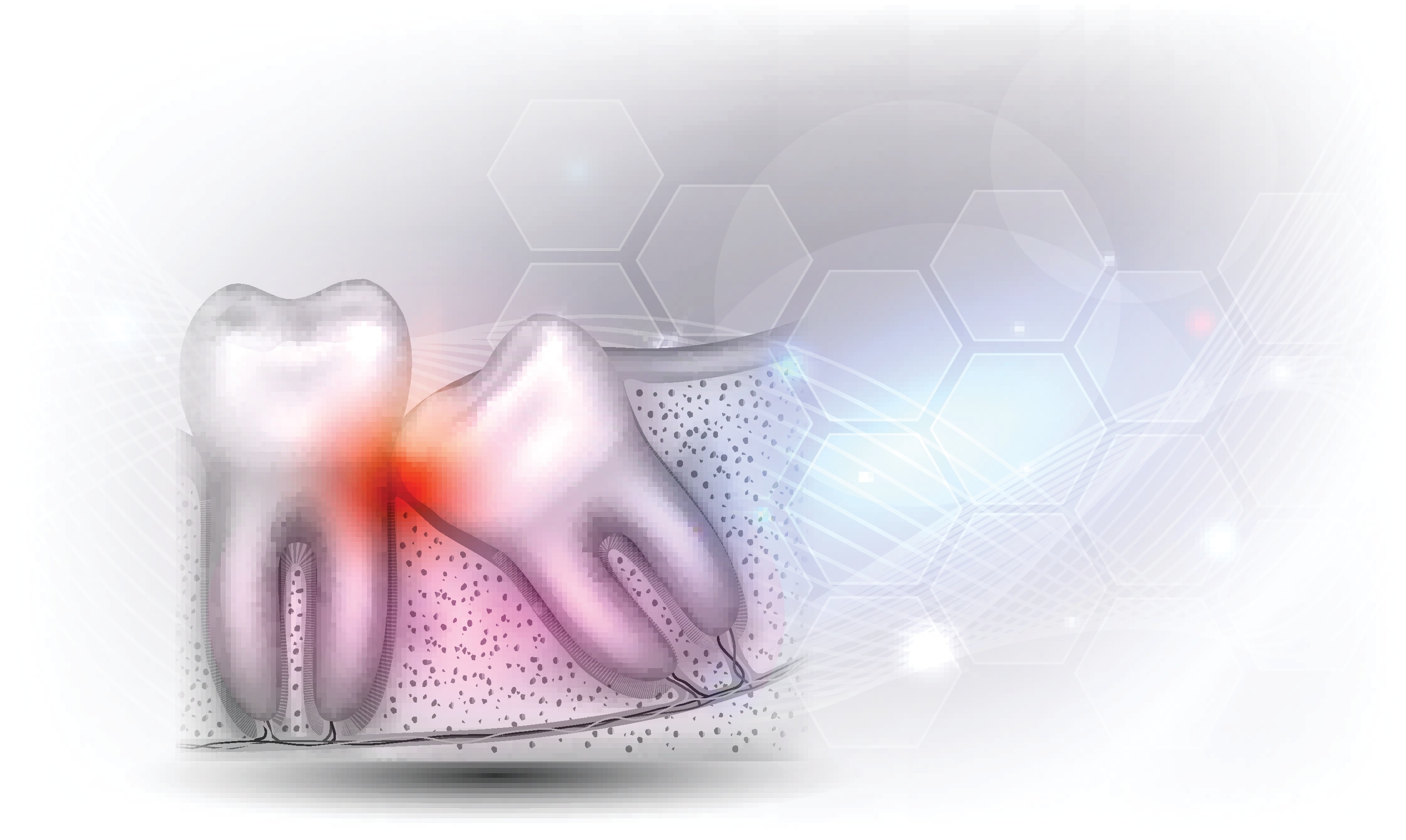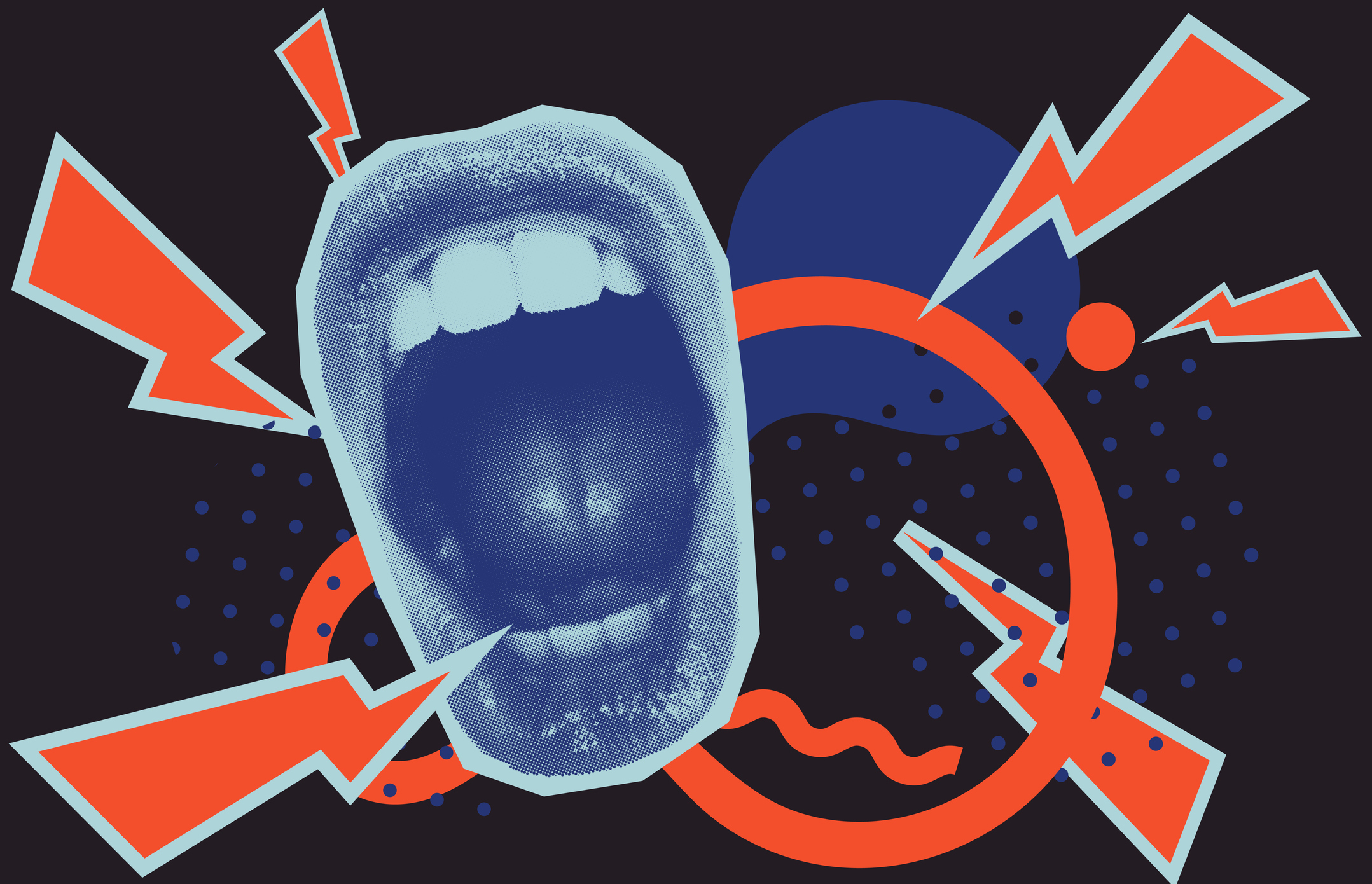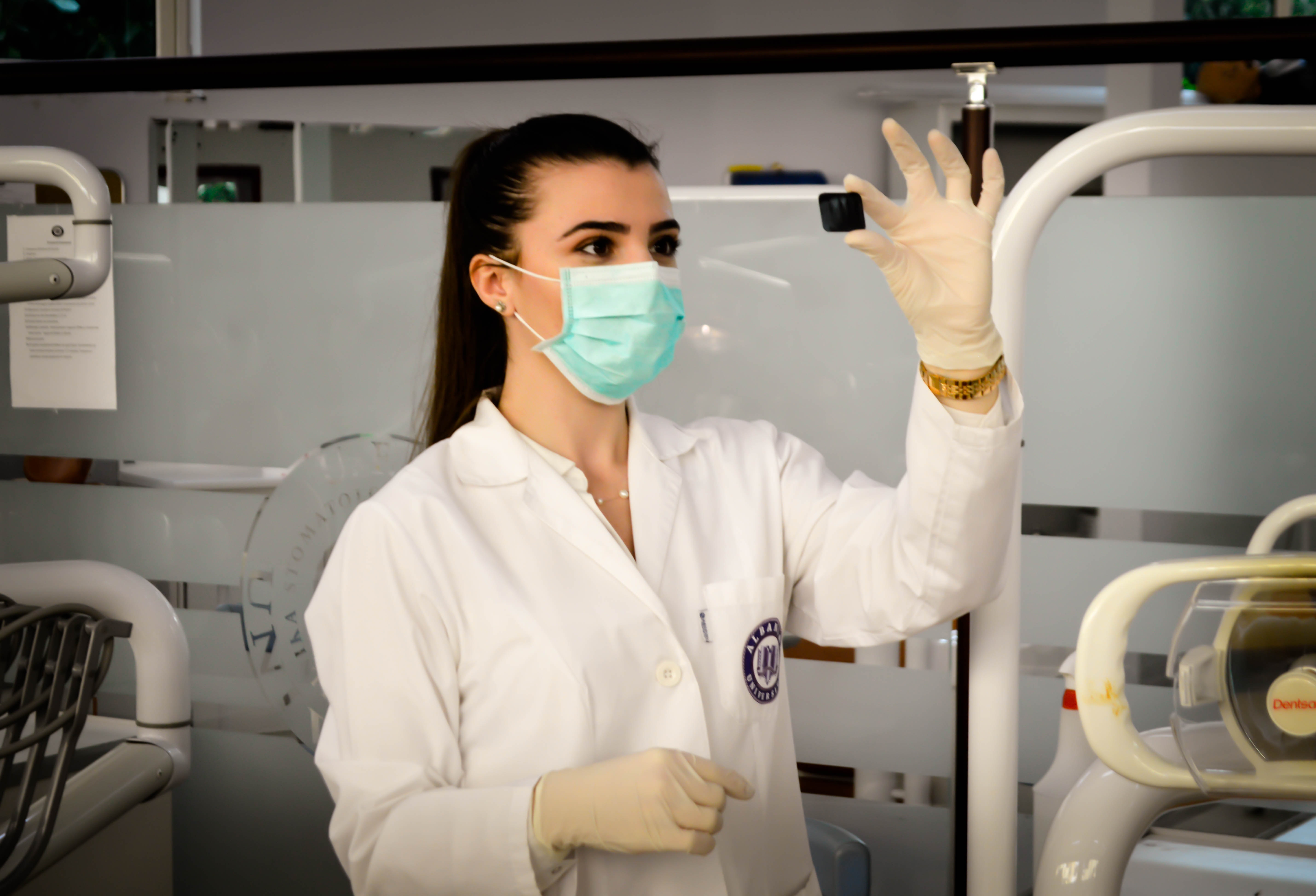Tori, also known as mandibular tori, is an oral disease that affects five to ten percent of the adult population. While the condition is typically asymptomatic, those who have this condition may experience inflamed gums, loose teeth, irritated tonsils, throat pain, jaw pain and slurred speech. Most people become aware of this condition only after a dental professional or doctor lets them know they have it. In most cases, tori does not require removal, but if you are experiencing painful symptoms or issues, an oral or maxillofacial surgeon may be used to remove tori. Here is more information about this condition.
What are Tori?
Tori are a bony growth that can occur in the upper or lower jaw. For some people, the bone growths occur only on one side, but for most people, they occur on both the right and left sides. If you run your tongue along the upper roof of your mouth or along the bottom portion of your mouth, it should feel relatively smooth. If you can feel small growths that feel like bone, you may be suffering from tori. You may also be able to feel tori when you are eating or brushing your teeth. 
How is Tori Removed?
For the most part, tori are not dangerous, and as such, they do not always need to be removed. In most cases, they are simply there. Someone may feel them and they may cause some slight discomfort when eating certain foods, but for the most part, they do not cause issues. However, in some people, tori can be painful. Those who experience pain tend to have a large number of tori, have a large torus, have tori on both sides almost meeting in the center in the lower jaw causing speech and swallowing issues as they restrict tongue movement or actually impinge on the tongue attachment to the front of the lower jaw. The bone of the torus or tori is covered by soft tissue and sometimes trauma from food can cause ulcers exposing the bone and causing pain. For these people, tori can be surgically removed to stop the pain. Traditionally, tori can be surgically removed by shaving down the bony growth or using surgical tools to cut the growth away.
Can You Prevent Tori?
Unfortunately, you cannot prevent tori. It is not exactly known what causes tori, though most dentists believe your genetics and age play a role in it. Some studies have also found that there may be a link between tori and tooth clenching or tooth grinding, so stopping those activities may decrease your risk. It is also important to note that surgically removing tori is also not a way to prevent further occurrences. Tori can still develop in other parts of your mouth, or even the part that was surgically treated, and there is no known way to stop that from happening at this time.
If you are suffering from tori and it is causing you pain, your dentist or doctor may have recommended that you visit an oral or maxillofacial surgeon to have your tori removed. Here at Northwest Oral & Maxillofacial Surgery, are surgeons are board certified and able to assist you with your surgical needs. We have six locations throughout Texas available and ready to serve you. Reach out to us today to schedule a consultation with one of our professionals today.








